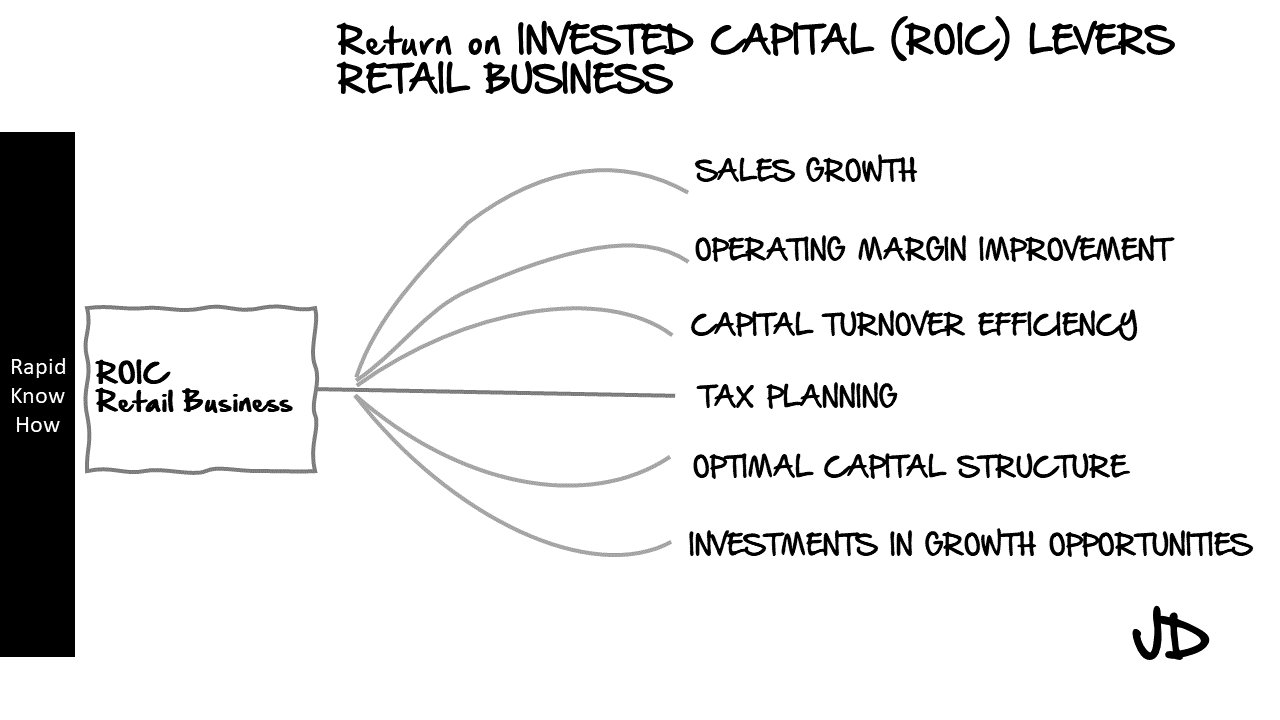Solving Critical Problems in Business by Moving from Linear Thinking to System Thinking
🎯 The Challenge
Most leaders still tackle business problems through linear cause–effect logic:
“If sales drop, push marketing.”
“If costs rise, cut expenses.”
This thinking works in stable systems but fails in complexity, where every action triggers chain reactions across teams, markets, and technologies.
💡 The Insight
System Thinking replaces reaction with relationship awareness.
Instead of asking “What caused this?”, ask:
“How does this system behave — and what loops sustain it?”
Systems reveal patterns, delays, feedbacks, and interdependencies invisible to linear analysis.
You move from firefighting to future-proofing.
⚙️ The Shift in Practice
| Linear Thinking | System Thinking |
|---|---|
| Sees isolated events | Sees patterns & structures |
| Fixes symptoms | Addresses root causes |
| Short-term targets | Long-term leverage |
| Blames people | Improves systems |
Example:
A decline in customer satisfaction isn’t only a “service issue.”
It’s an ecosystem signal — linking training, technology, leadership, and incentives.
🧭 3 Steps to Apply System Thinking
- Map the System – Identify stakeholders, flows, and feedback loops.
- Detect Leverage Points – Small actions that create large impact.
- Measure Dynamic Results – Focus on learning speed, not static KPIs.
The fastest learner, not the biggest company, wins in complex systems.
RapidKnowHow + ChatGPT | All Rights Reserved 2025




